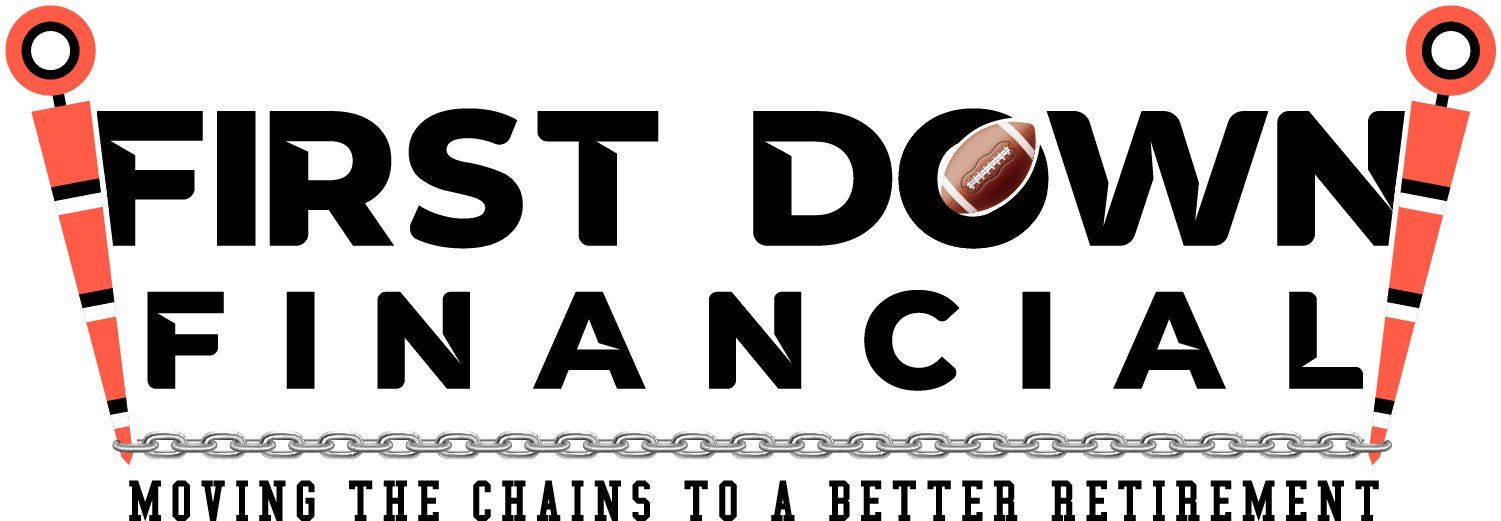
Recent Posts

Contact Us
Have a question? Send us a message, call 407 337-2145 or book an appoinment via the link.
Contact Us
We will get back to you as soon as possible
Please try again later
Contact Information
1942 W CR 419 #1030
Oviedo, FL 32766
407 337-2145
steve@riptidefinancial.com
Business Hours
- Mon - Fri
- -
- Saturday
- Appointment Only
- Sunday
- Closed
Financial Planning - Portfolio Managment - Tax Planning - Annuities - Life Insurance
We are an independent financial services firm helping individuals create retirement strategies using a variety of investment and insurance products. Advisory services are provided through Riptide Financial, LLC, a registered investment advisor.
All reports, publications, podcasts, audio files, and the content contained therein provided via this website are for informational purposes only. Content of podcasts is current as of the time of recording. No content available on this site is intended to provide tax or legal advice or personalized investment advice, nor is it an offer or solicitation to buy or sell securities. Views and opinions may change based on new information or analysis. Riptide makes no assurance as to the accuracy of any forecast made. Figures, references, and data cited in all written and audio content are obtained from sources believed to be reliable, but we do not warrant or guarantee the timeliness or accuracy of this information.
Investing involves the risk of loss, and some strategies may not be right for you. Past performance does not guarantee future return. Hypothetical outcomes do not reflect actual investment results and are not guarantees of future results. All assumed, expected, or stated returns are not guaranteed unless otherwise stated. Indexes are not available for direct investment. A professional advisor should be consulted before undertaking any strategy or implementing any specific advice. Always consult an attorney or tax professional regarding your specific legal or tax situation. By requesting any report available via this site you may be provided with information regarding the purchase of insurance products or investment advisory services in the future.
Riptide Financial Services is not affiliated with any government agency, including the Social Security Administration. For information regarding your specific situation, it is recommended to contact the Social Security Administration.
*"Peace of Mind," "Safety," "Principal Protection," "Lifetime Income, "Guaranteed Income," or other guarantees are associated with fixed insurance products. No such language refers in any way to investment advice, investment advisory products, securities, or recommendations provided by Riptide Financial Services. Investing involves risk. Rates of return are not guaranteed unless otherwise stated. All guarantees relating to insurance products are dependent on the financial strength and claims-paying ability of the issuing insurance company. Guarantees may be subject to various restrictions, limitations, or fees, which can vary depending on the issuing insurance company. Annuities have limitations and are not appropriate for all circumstances or individuals. They are not intended to replace emergency funds or to fund short-term savings or income goals. Investing involves risk.
Lifetime income may be available on certain products through an optional rider at no cost or for an additional cost, depending on the specific product and contract. Taking withdrawals prior to turning age 59 ½ may result in tax penalty fees in addition to ordinary income taxes. Withdrawals from annuities may trigger charges or reduce the contract value and death benefit. Insurance products are not insured by any federal government agency and may lose value.
Riptide does not solicit or request reviews appearing on this page from non-clients, and clients are under no obligation to provide reviews. On occasion, Riptide Financial Services provides non-cash prizes such as gifts or gift baskets to existing clients in exchange for testimonials and referrals. All such non-cash compensation adheres to all applicable regulations.






